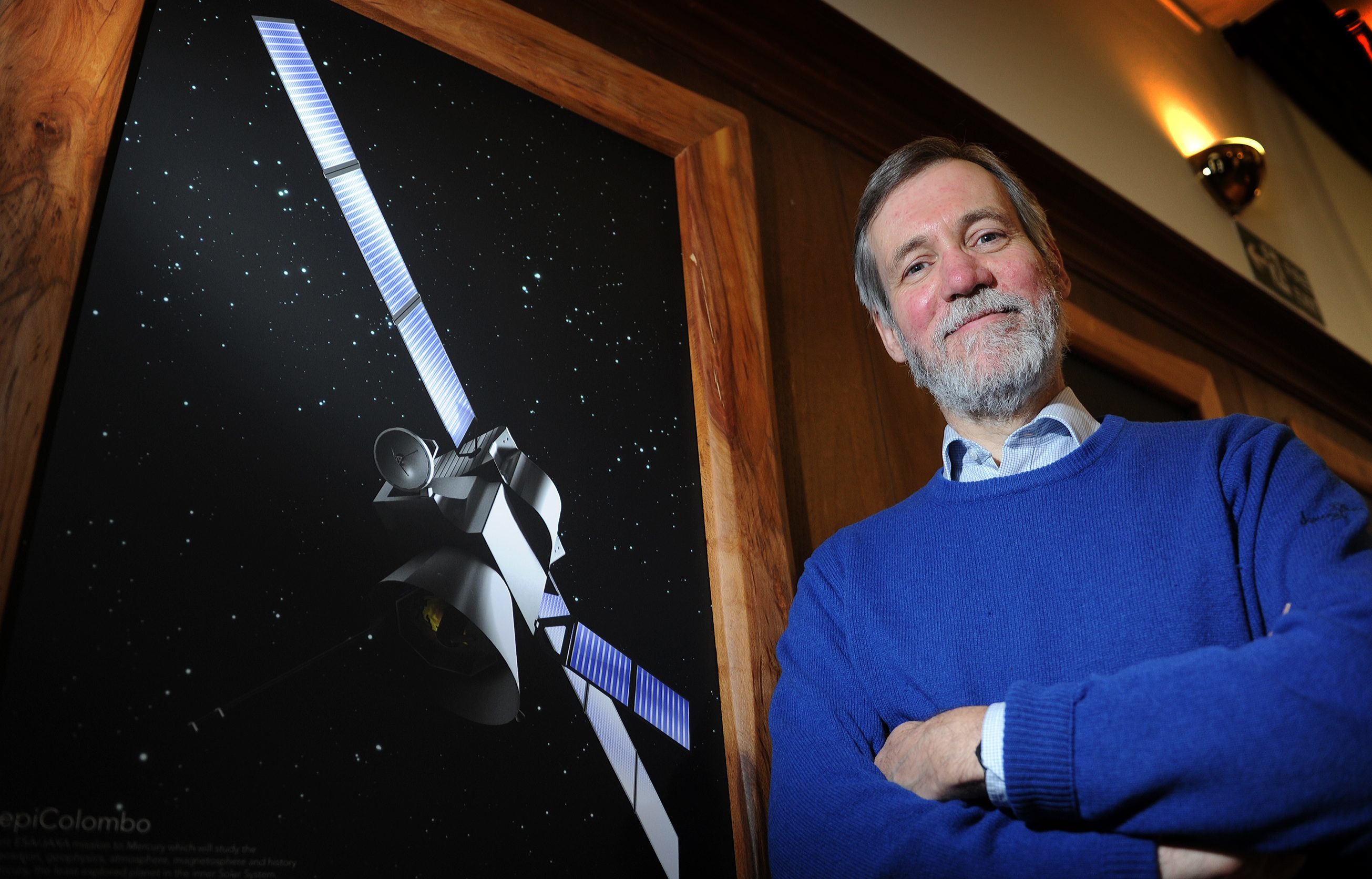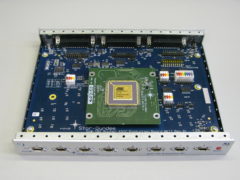Hardware developed in Dundee will embark on a seven-year, 48 million-mile mission to Mercury this weekend.
The BepiColombo mission to the Swift Planet launches from Kourou, French Guiana on October 20.
It will be equipped with SpaceWire, a computer network developed by Dundee University and STAR-Dundee.
The technology connects instruments, processors and other onboard systems.
BepiColombo is a joint endeavour between the European Space Agency (ESA) and Japan Aerospace Exploration Agency (JAXA).
It is the first European mission to Mercury, the smallest and least explored planet in the inner Solar System, and the first to send two spacecrafts to make complementary measurements of the planet’s environment at the same time.
Steve Parkes, chair of Spacecraft Electronic Systems at the university, feels the mission could uncover some of the mysterious of Mercury.
Mr Parkes, who is also chief technology officer at STAR-Dundee, said: “Only a few spacecrafts have visited Mercury in the past so little is known about the planet.”
“BepiColombo actually comprises three spacecraft – two planetary orbiters and a mother spacecraft that will carry them to Mercury’s orbit – and SpaceWire features on all three.
“One of these was developed by ESA to orbit and map the complete surface of Mercury to high resolution while the other is a Japanese craft that will measure Mercury’s magnetic field and other properties because the planet is believed to be rich in iron and have interesting magnetic properties.
“This is a very tricky mission and one of the big challenges is that Mercury is relatively close to Sun. Temperatures can vary from between -173C at night to 427C during the day so spacecraft have to withstand these extreme temperatures as well as high levels of radiation.
“Our involvement has effectively been to provide the nervous system of the spacecraft. SpaceWire was developed with input from international spacecraft engineers and has become the standard for use in space missions.”
The flight will make one flyby of Earth, two at Venus, and six at Mercury, before entering the latter’s orbit.
It will build on the discoveries and questions raised by NASA’s Messenger mission, which orbited the planet between 2011 and 2015, to provide the best understanding to date of the Solar System’s innermost planet.
BepiColombo will provide information about solar system evolution in general by investigating how planets orbiting close to their stars in exoplanet systems form and evolve.
BepiColombo is just one of more than 100 spacecraft to use SpaceWire technology.
“I have been working in this area for 25 years and it never stops being exciting,” Mr Parkes added. “Some of the missions that SpaceWire features on are completely amazing and help to further our understanding of the entire universe as well as life here on Earth.”











